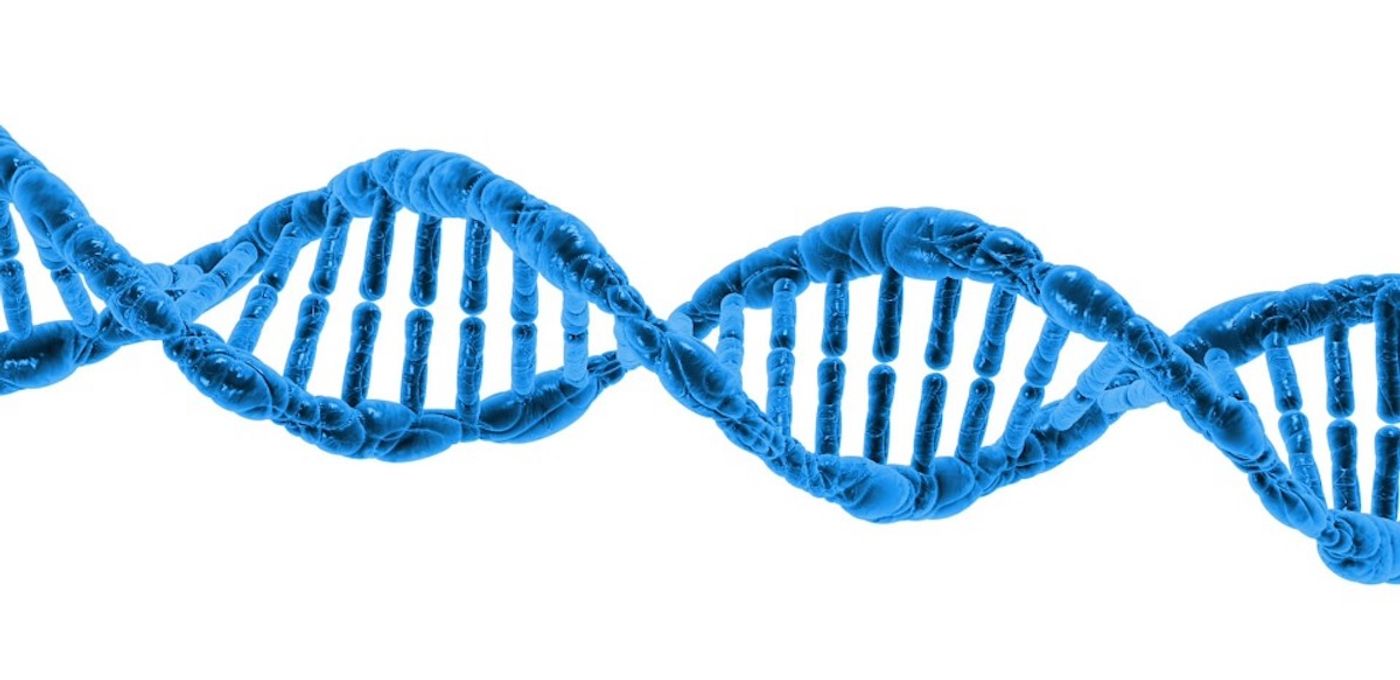A Way to Predict Which Microbes Can Cause Cancer
Researchers at the University of East Anglia (UEA) have created a technique that can identify bacteria and viruses that are linked to cancer. We're already aware of several, like Epstein-Barr virus, which can raise the risk of several cancers including stomach cancer and Burkitt lymphoma. This study, reported in Genome Biology, indicates that genetic data obtained from tumors can help reveal other microbes that are connected to cancer development.
"We already know of some strong associations between infections and cancer. For example, the presence of Helicobacter pylori in the digestive tract can lead to stomach ulcers and is associated with stomach cancer," said lead researcher Dr. Dan Brewer of UEA's Norwich Medical School and a Visiting Worker at the Earlham Institute (EI). "Meanwhile some types of the HPV virus can cause cervical cancer."
The scientists are hopeful that this research will not only aid in the detection of microbes that might cause cancer, it may also aid in the development of vaccines, like the HPV vaccine, that can prevent cancer.
"Human tissue is increasingly being whole genome sequenced as we transition into an era of genomic medicine," Brewer added. "When tumor samples are whole genome sequenced, DNA from any pathogens present will also be sequenced, making it possible to detect and quantify pathogens. This gives us a fantastic opportunity to collect data that will help us find new associations between bacteria and viruses and different types of cancer."
In this study, the researchers used computer simulations that could test different approaches before they applied them to actual cancer sequence data. Then they were able to identify a variety of different pathogens.
"There are already a wealth of scientific tools to classify organisms from their genome sequence data. This new research looks at each of the key computational steps involved in conducting this on human tissue sequencing data," noted postdoctoral researcher Abraham Gihawi of UEA's Norwich Medical School.
"We collected computer scripts that stitch together the highest performing tools to apply to large collections of sequencing data. We used computer simulations and then tested our approaches on some real cancer sequence data," Gihawi explained.
"For the simulations, we produced mock genomes containing mostly human sequences and spiked them with very small numbers of pathogenic sequences which is what we expect to see in cancer sequences. Since we knew exactly what pathogens, and how much of them, are in each simulated genome, we could test how well each approach performs," continued Gihawi.
"We then tested our method out on some real cancer sequencing data where we know what we expect to see. As well as finding pathogens that are known to be associated with cancer, we also detected many more. We are only just beginning to scratch the surface on the role that these other pathogens may play in the development of cancer."
Brewer added that "there is already an HPV vaccine which is thought to prevent around 70 percent of cervical cancer cases. We hope that by identifying bacteria and viruses associated with other cancers, new vaccines could be developed in the future."
Sources: AAAS/Eurekalert! via University of East Anglia, Genome Biology









